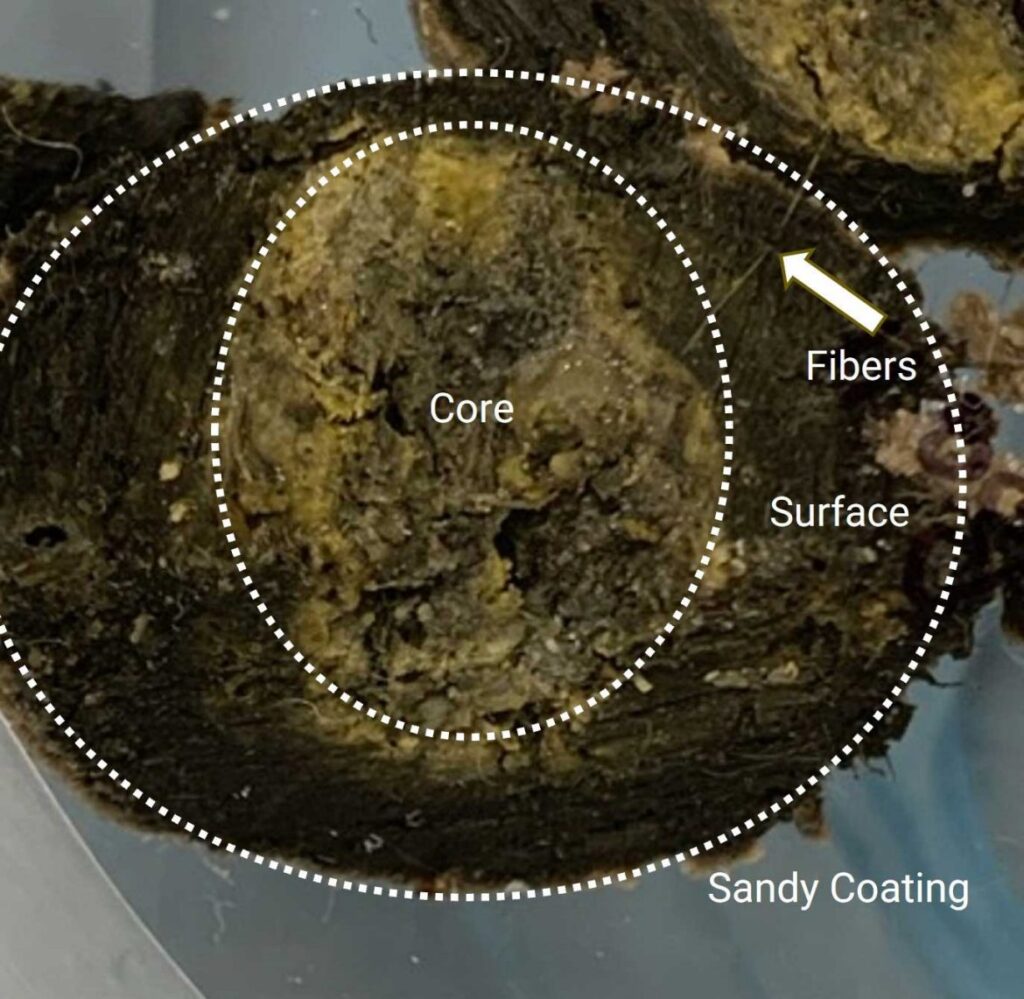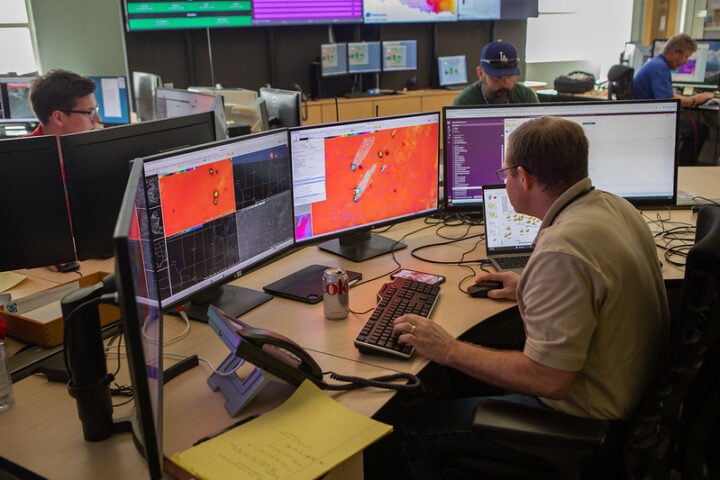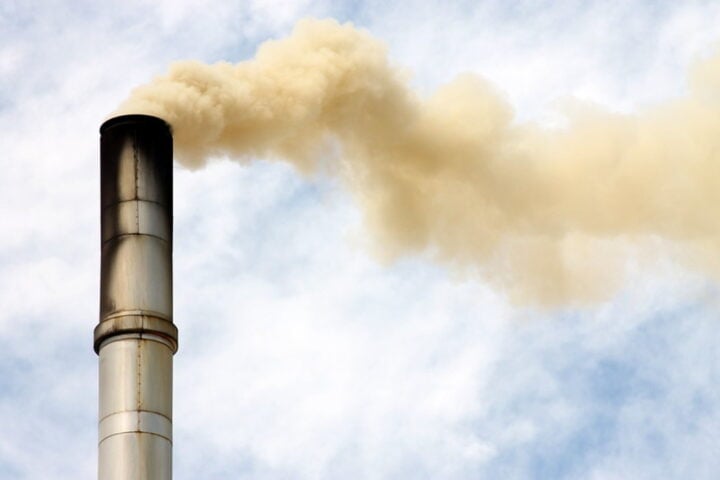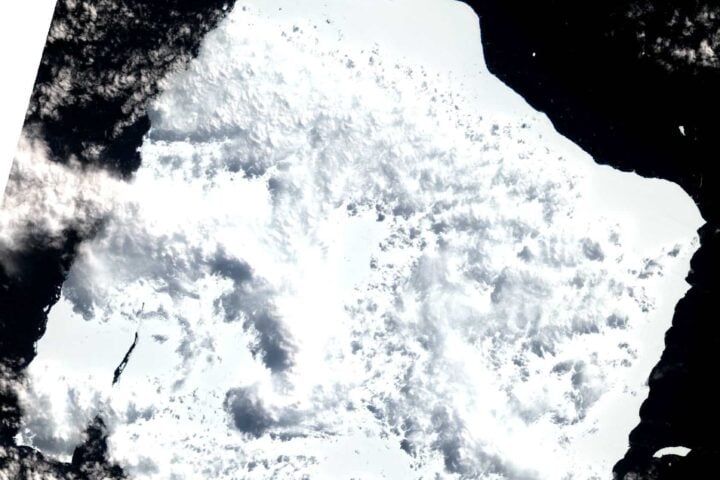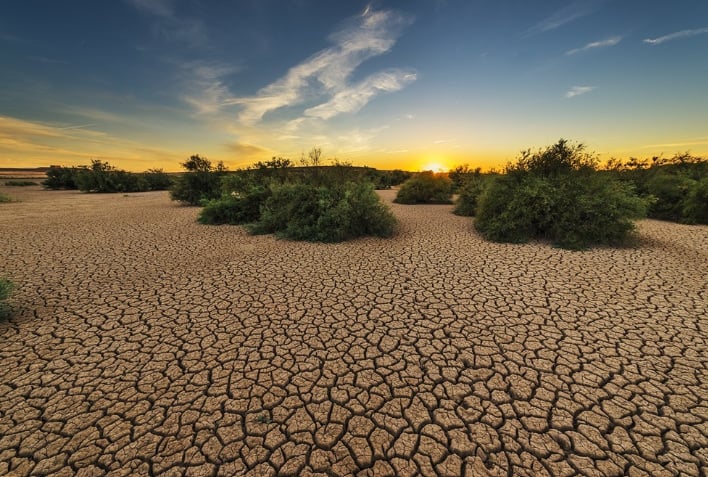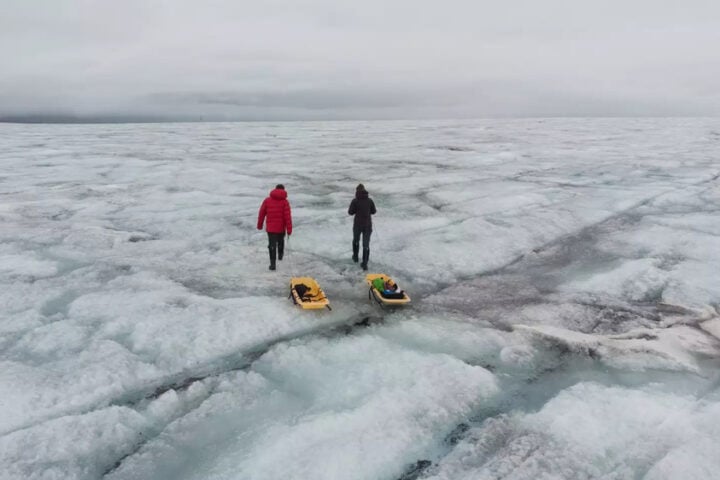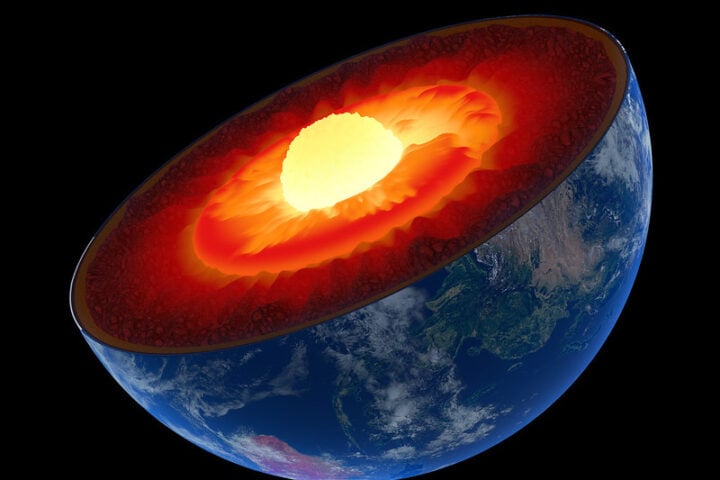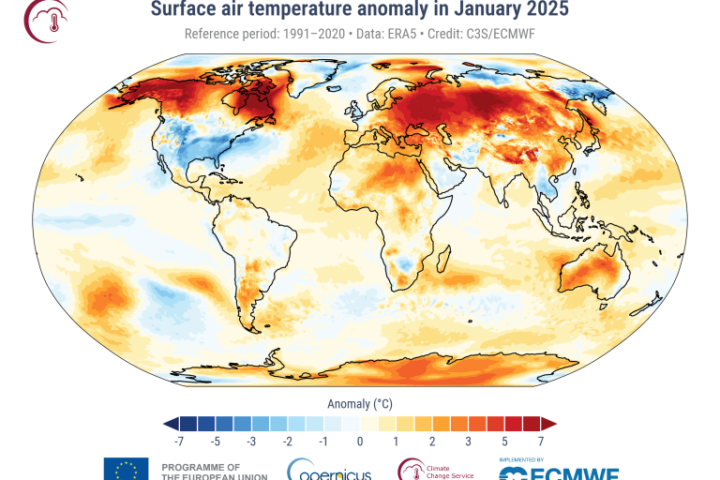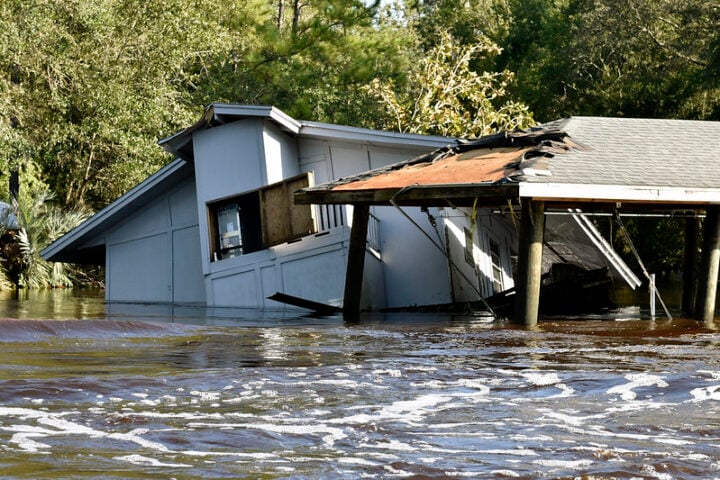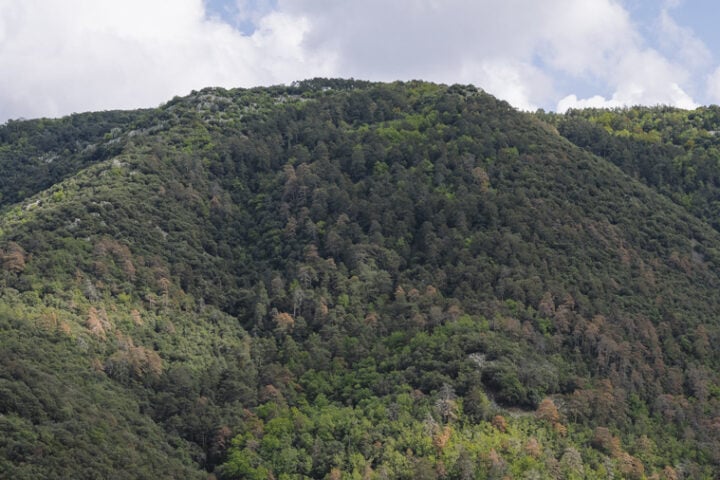A serendipitous mishap with an underwater glider has given scientists at the University of East Anglia (UEA) unprecedented access to study the Ross Ice Shelf, Antarctica’s largest ice shelf. The research presents clear evidence of ocean warming’s effect on Antarctic ice over four decades.
The Accidental Discovery
In December 2022, an autonomous Seaglider named Marlin deviated from its programmed northward course in the Ross Sea. Caught in a southward current, it found itself beneath the Ross Ice Shelf for four days. During this unplanned expedition, Marlin completed 79 dives, reaching depths of 200 meters while measuring water conditions directly under the ice shelf.
“A trip into the cavity underneath the Ross Ice Shelf was not planned, and it’s not normally possible to measure this region of an ice shelf: you can’t send instruments this close to the underside of an ice shelf deliberately, it’s too risky,” explains Dr. Peter Sheehan, the study’s lead author.
Critical Findings
The research team discovered a 50-meter-thick layer of relatively warm water (-1.9°C to -1.7°C) that had infiltrated the cavity from nearby open waters. Analysis of historical data revealed a consistent warming trend over 45 years.
“While the temperature increase – four thousandths of a degree a year – might not seem all that much, it could lead to around 20 to 80 cm of additional ice loss per year over the 45 years we look at,” Dr. Sheehan states.
Similar Posts:
Wind-Driven Ocean Dynamics
The study identifies wind-driven Ekman currents as key mechanisms transporting warm surface water beneath the ice shelf. These currents, responding to specific wind patterns, create southward flows that carry heat directly to the ice shelf’s base.
Prof. Karen Heywood, co-author of the study, warns: “It appears reasonable to expect that the magnitude of the Ekman heat flux, and of the melting that it drives, will increase yet further as climate change drives continued ocean warming. This trend is a concern in itself.”
Long-Term Implications
While floating ice melt doesn’t directly cause sea level rise, the ice shelves serve as crucial buttresses, slowing land ice flow into the ocean. Their deterioration could accelerate Antarctic ice sheet loss and global sea level rise.
“The influence of surface-water intrusions, alongside the trends and variability in the Ekman dynamics that can drive these, must be incorporated into climate models, not least given continued uncertainty in the response of Antarctic land-based ice to climate change,” Prof. Heywood adds.
Research Context
This research marks the first multi-decadal analysis of surface-water intrusions beneath the Ross Ice Shelf. Previous studies relied on ship-based measurements, seal-tracking data, and fixed ice moorings, making this accidental discovery particularly valuable.
The study received support from the UK Natural Environment Research Council, US National Science Foundation, and European Research Council Horizon 2020 programme, with findings published in Science Advances.
Technical Specifications
- Deployment Date: December 2022
- Number of Dives: 79
- Maximum Depth: 200 meters
- Temperature Range: -1.9°C to -1.7°C
- Study Period for Historical Analysis: 45 years
- Annual Ice Loss Projection: 20-80 cm/year
Future Research Directions
The findings emphasize the need for enhanced climate modeling that incorporates surface-water intrusion dynamics and Ekman currents. Current models require updating to better predict Antarctic ice response to ongoing climate change.

